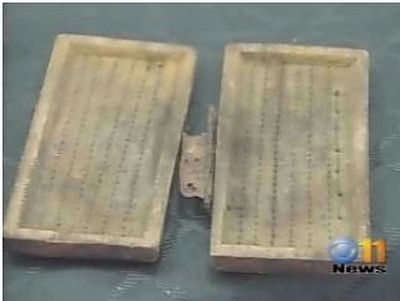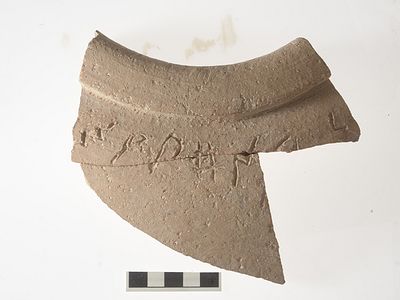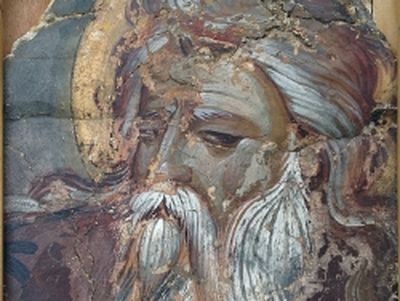Moscow, March 12, 2015
On Thursday last week it was reported that IS militants had destroyed the ruins of the ancient Assyrian city of Nimrud (Calah) on the territory of Iraq. Last Saturday, on March 7, they levelled to the ground the ruins of another ancient settlement – the city of Hatra in North Iraq. On March 8 the gunmen committed another act of vandalism, practically razing to the ground the remains of the ancient city of Dur-Sharrukin in North Iraq, famous for its stone bas-reliefs. This city, founded in 717 B.C. by Tsar Sargon II, was the capital of Assyria in the final years of his life.
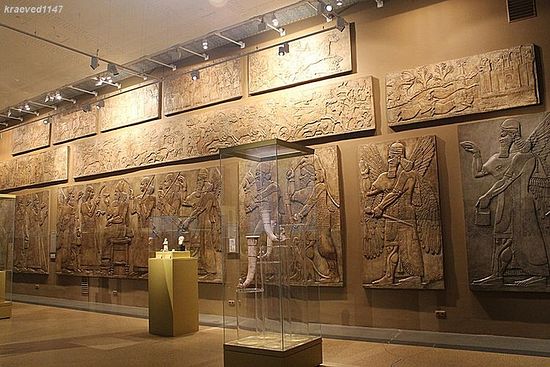 Castings of reliefs from Assyrian tsars’ palaces at the hall of the Ancient Middle East at the Pushkin State Museum of Find Arts, Moscow; photo by kraeved1147.ru.
Castings of reliefs from Assyrian tsars’ palaces at the hall of the Ancient Middle East at the Pushkin State Museum of Find Arts, Moscow; photo by kraeved1147.ru.
Late in February the extremists burned down the central library of Mosul that had contained ten thousand volumes, among which were rare and unique books; later a video appeared in the internet that showed the militants destroying sculptures of pre-Islamic age that had been kept at the museum of Mosul in North Iraq.
Soon after this UNESCO called an extraordinary meeting of the UN Security Council on preservation of cultural heritage in Iraq. The head of the organization also sent a message to the International Criminal Court (ICC). The UN Secretary General Ban Ki-moon called the destruction of this common cultural heritage “a military crime and a blow to all humanity”.
In connection with this, press service of the Pushkin State Museum of Fine Arts (Moscow) has noted that the museum’s permanent expositions are displaying copies of some of the artifacts that were taken after excavations to European museums from ancient palaces, destroyed by IS terrorists in Iraq on March 8, reports the Imperial Orthodox Palestine Society.
According to the report by leading researcher of the museum’s Oriental department Boris Perlov, “our museum has splendid castings once commissioned by the museum’s founder, Ivan Tsvetayev (1847-1913; a famous Russian philologist and art historian, father of the great Russian poetess Marina Tsvetayeva). He visited various museums of the world, especially the British Museum, and the Louvres, where he ordered castings of reliefs that are kept in our museum.” He noted that the Black obelisk of Tsar Shalmaneser (the British Museum) as well as golden adornments of Assyrian tsarinas (the Museum of Baghdad) had been discovered in the ancient Iraqi city, now destroyed by extremists.
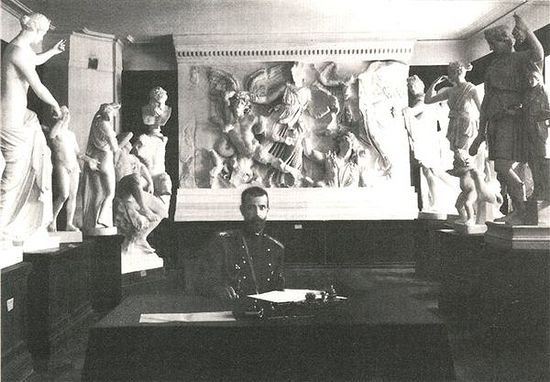 Grand Duke Sergei Alexandrovich at the cabinet of “elegant” arts of the Lomonosov Moscow State University; photo by marfo-ma-obitel.livejournal.com.
Grand Duke Sergei Alexandrovich at the cabinet of “elegant” arts of the Lomonosov Moscow State University; photo by marfo-ma-obitel.livejournal.com.
Castings of ancient Oriental artifacts, preserved in various museums worldwide, from the 1890s were collected for the Moscow “Elegant Arts Museum” (the original name for the present museum) on the basis of the cabinet of “elegant” arts at the Lomonosov Moscow State University. Chairman of the committee for arranging the museum was the Moscow Governor-General Grand Duke Sergei Alexandrovich. Many other honorary members of the Imperial Orthodox Palestine Society helped arrange the museum as well. The Holy Tsar Nicholas II was the museum’s personal patron and himself assigned 200,000 rubles. The Parthenon hall was built on the funds of Sergei Alexandrovich and his brother, Paul Alexandrovich, and named after the latter’s spouse, Grand Duchess Alexandra Georgievna (formerly Greek Princess: 1870-1891).
Professor Ivan Tsvetayev often appealed to Grand Duke Sergei Alexandrovich for help in collection of castings, and the latter’s intercession in this area was more efficient than that of the chancellor of the university. The Grand Duke approved this idea and furthered the collection of copies of masterpieces of Antiquity, Middle Ages and Modern time from all over the world within the new museum. As an embodiment of this idea, the museum acquired castings of ancient Oriental artifacts. Their quality amazes specialists to this day. Significantly, a casting is a mechanical reproduction of the original, and there is no influence from a copyist. Plaster was made to look like marble, bronze or wood, as the original. The discoveries were made by English and French archaeologists in the mid-19th century. These artifacts were removed in quite a barbaric way: they were simply cut out of the palace walls. They were transported on ships—many of which sank because of overloading. Castings of the artifacts were made of plaster; Tsvetayev himself determined their age to be 50 years. At the present time, many of the castings are restored.
Since 1997, the major part of the castings collection of the ancient Oriental arts has been exhibited at the Ivan Tsvetayev Educational Art Museum at the Russian State University for the Humanities.
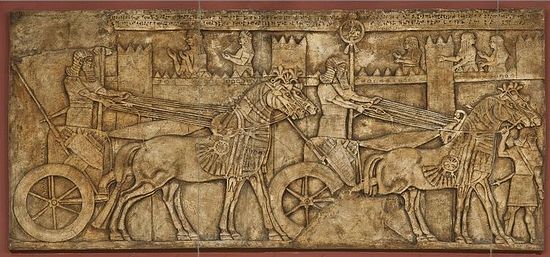 A relief from Nimrud depicting a palace with two chariots standing near it. A casting. Length: 215 cm (7.05 feet). The original is of the 9th century B.C., the British Museum, London. Photo by the Pushkin State Museum.
A relief from Nimrud depicting a palace with two chariots standing near it. A casting. Length: 215 cm (7.05 feet). The original is of the 9th century B.C., the British Museum, London. Photo by the Pushkin State Museum.
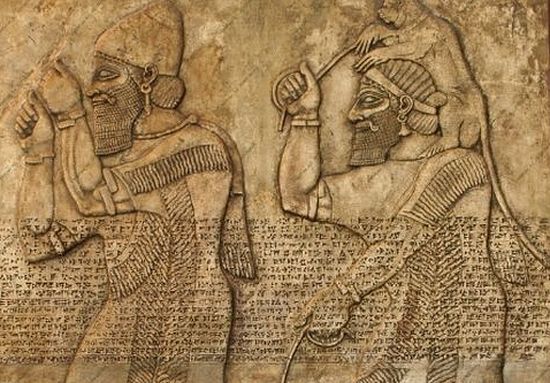 A relief depicting tributaries with monkeys (intended as gifts to the tsar). A casting. 215 х 240 cm (7.05 х 7.87 feet). The original is from the 9th century B.C. The British Museum, London.
A relief depicting tributaries with monkeys (intended as gifts to the tsar). A casting. 215 х 240 cm (7.05 х 7.87 feet). The original is from the 9th century B.C. The British Museum, London.
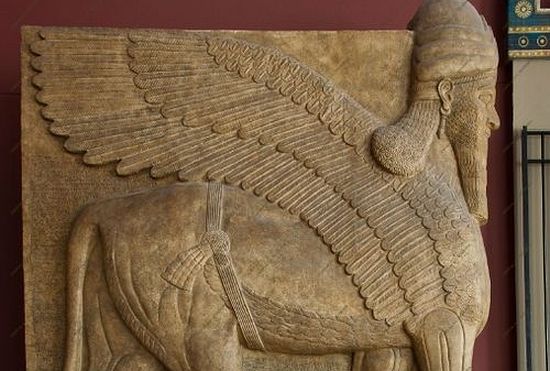 A winged lion from the palace of Ashurnasirpal II. A casting. 293 х 318 cm (9.61 х 10.43 feet). The original is from the 9th century B.C. The British Museum, London.
A winged lion from the palace of Ashurnasirpal II. A casting. 293 х 318 cm (9.61 х 10.43 feet). The original is from the 9th century B.C. The British Museum, London.
Plaster castings of reliefs and sculptures from palaces of
the Assyrian tsars Sargon II in Khorsabad and
Ashurnasirpal II in Nimrud are displayed in hall No. 2 at
the main building of the Pushkin State Museum of Fine
Arts, while the capitals of Persepolis are in the hall no.
14.
Boris Perlov has stressed that world culture was severely damaged by the militants: monuments belonging to all humanity were destroyed. “The islamists bulldozed Assyria’s capital, the ancient city of Calah, founded by Tsar Shalmaneser I in the 13th century B.C. The city developed, there were splendid palaces, temples and even a ziggurat there. Specifically, among many other monuments, the winged “Shidu” bulls have been destroyed: once they adorned the palace of the Assyrian Tsar Sarhadon who lived in the 7th century B.C.,” the researcher noted.
Before destroying the city, the gunmen may have looted it. In this case a number of artifacts may soon be put up for world auctions. In B. Perlov’s view, no self-respecting museum, beyond all doubt, would ever purchase these artifacts, being aware of their origin. However, individual collectors and antique shops might acquire them.
